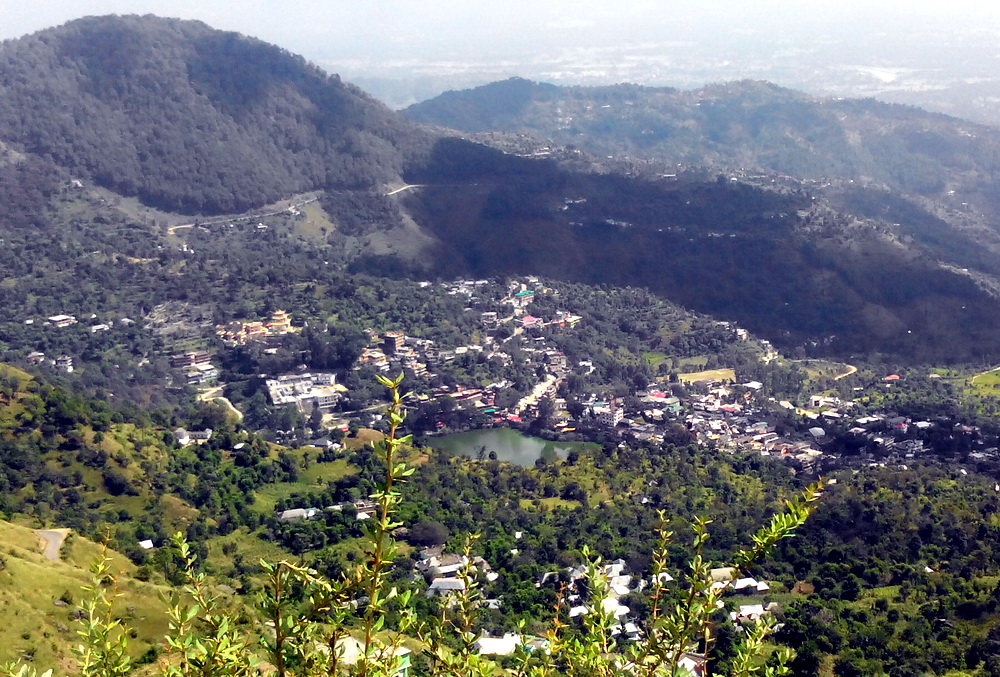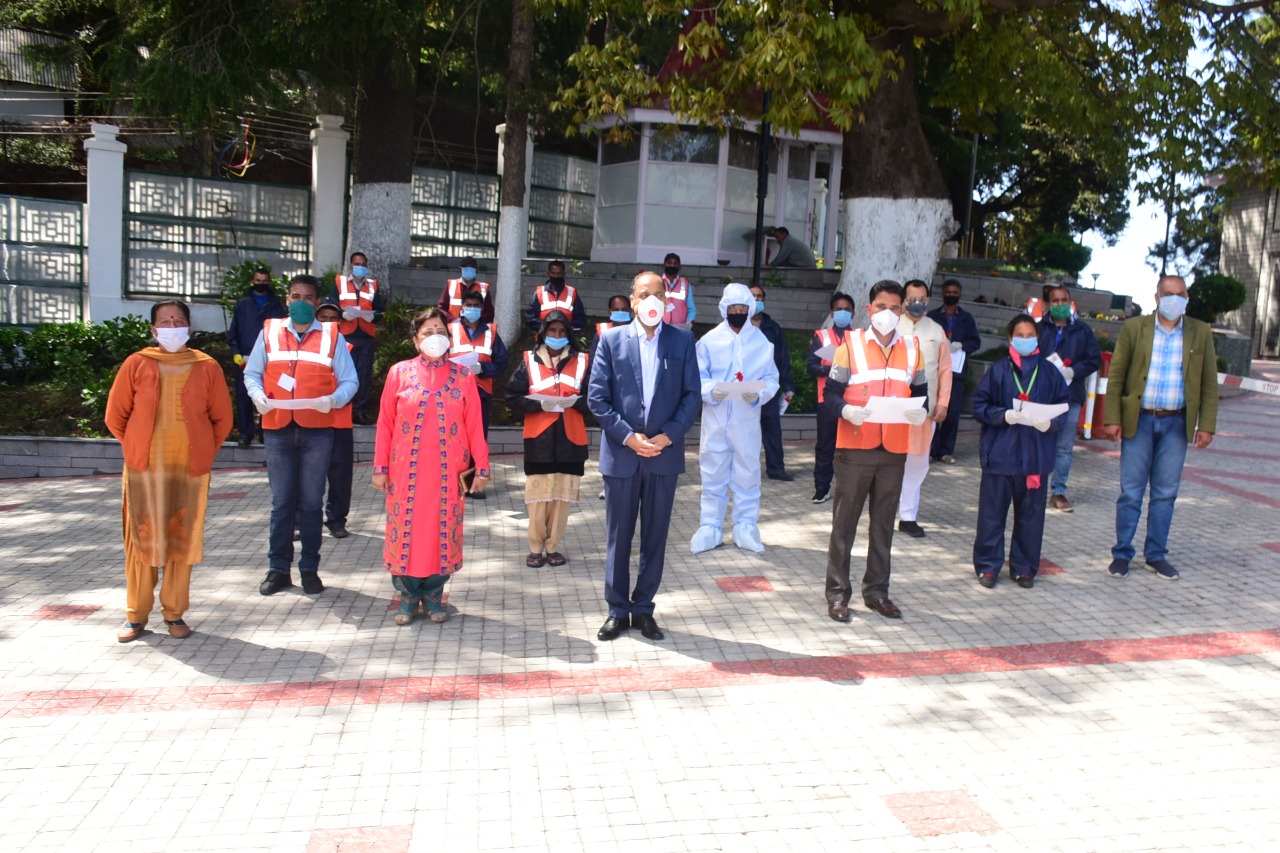Having first struck in Wuhan, capital of China’s Hubei province, it didn’t take long for Covid-19 – the fearsome virus to spread globally and shake up the very foundations of modern society, disrupting economies, lives and the travel industry abruptly.
Globalization has augmented seamless travelling which has led to pandemics spreading quickly, with Covid-19 being the deadliest of all witnessed in generations. Our previous reference being SARS (Severe Acute Respiratory Syndrome) in 2003.
As the Covid-19 contagion makes its way through India, the country has been able to pull through the challenging times by counting on its public administration system. To contain the spread, the fight against the deadly virus has been put up by imposing social isolation, heavy contact-tracing and upgrading of the healthcare management systems.
Himachal government took a no-holds-barred approach to contain the virus. The swift government action of limiting travel, shutting state borders and quarantining all persons with a travel history have proved effective measures in stopping the spread of the virus in the state.
The fight back against coronavirus has come with a huge cost. Himachal, a land of mighty snowy peaks, tumbling river valleys, where opportunities for adventure sports abound that does cast a spell on all types of tourists. The capital, Shimla, a known paradise for an easy weekend destination. The number of tourists visiting Himachal Pradesh surged from 6.55 million in 2004 to 19.6 million in 2017.

Coronavirus outbreak has hit the tourism sector hard and the worst is yet to come, impacting supply and demand. To survive these difficult time, the entire tourism sector would need to make drastic changes and evolve new strategies to stay ahead of the challenges posed.
Tourism over the last decades has become a major engine for sustained economic growth in the hill state. It brings greater opportunities to local transport, travel and booking agencies, hospitality, restaurants, conventions, events and attractions in terms of growth, jobs and sustainable livelihoods. Tourism contributes about 6.6% of Himachal’s gross domestic product.
Small and medium-sized enterprises, which make up around 80% of the tourism units, face an existential crisis. A large share of the employed labour force will be out of work, there will be a reduction in the flow of remittances leading to a greater slump and deterioration of the state economy.
Constrained mobility, seclusion and a disrupted economy has not only affected the travel and tourism industry, but also agriculture and the food processing industry. The poor rural households would be the hardest hit. Lower tourist spending will hit the economies of popular tourist destinations of Shimla, Manali and Dharamshala.
However, travel restrictions in the near term will have most tourists prefer domestic travel over international. Though it is hard to predict when the pandemic would be over, but the adversity does presents an opportunity.
It is time to consider a new start. It is in Himachal’s favour to explore trends that encourage tourism by way of sustainable means. New alternatives such as the “staycation” tourist and the digital and virtual tour are innovative ways to start from the bottom to rebuild the industry.
Sustainable tourism is becoming increasingly popular and ‘main stream’ as it respects the local people and the traveller, cultural heritage and the environment. Sustainable tourism attempts to offer people an exciting and educational journey that is beneficial for all stakeholders. It is the need of the hour to make all tourism activities sustainable. To create tourism products that revolve around ecotourism, agro/organic tourism, cultural and heritage tourism, and health and wellness tourism.
The World Travel and Tourism Council project that it might take up to 10 months for the sector to achieve normalcy. It is imperative that the industry comes together to help each other recuperate. The public and private sectors need to collaborate for the situations after the COVID-19 crisis.
The government should undertake reorganization and policy formulation to overcome institutional hurdles for safeguarding the business climate for the private sector and come up with research-based solutions for the potential problems, which could even be a second wave of COVID-19.
Establishing the wellbeing and safety of travellers should be a key priority. The need for regulated, effective coordination and responsibility implied both on the traveller as well as the host to ensure there is good travelling experience and no public health threat. The tourism sector’s response has to be constant and reliable, supported by local risk assessment.

Familiarising ourselves with the basic prevention practices and hygiene while travelling and in daily life is the first step to be practiced as a fundamental responsibility.
The disease’s global reach has made every quiet corner vulnerable to the viruses spread for it was travel itself that has so quickly spread the pandemic around the. Pointless to say that hotels, local transport, tourist destinations will have to show they are safe for tourists which goes beyond having low reported contagion numbers, but also have sound, reliable arrangements in place in case tourists do get sick. Such provisions may include travel and health insurance from the government.
“Staycation” and “slow tourism” are other sustainable ways to make the best use of travel time, offering a new and local experience. It offers large discounts to only the local population. It not only follows the guidelines of sustainable tourism to preserve the local culture and heritage, but also leads to the establishment of new local businesses, increased consumption of local products. It shows deeper concern for the degraded ecosystem, exploited natural resources and mounting pollution levels.
However, there is another ray of hope for the tourism sector as well for the tourists. In the coming years, tourists will become highly digitalized and innovative business prospects will emerge in the tourism industry. Real will be virtual. From planning, making travel reservations, to paying for travel goods and services, the use of technology and the mobile web will promote e-tourism. It is vital to realize the potential of the digital change. Tourism needs to be social, local and mobile.
Pandemics have caused significant social and economic damages over the centuries, that is why the role of governments is important to create suitable infrastructure and promote the private sectors investments. As the pandemic recedes, there will be opportunities for hosts and guests to prepare for a revived travel experience again.
Other than pilgrimage, nature and adventure tourism, new types of travel experience in MICE tourism (Meeting, Incentive, Conference, Exhibition Travel) can take off with putting better infrastructure in place. MICE tourism is a big money-spinner in the travel as it draws large tourists that benefits the local economy with a multiplier effect across several. Bigger organizations can take over smaller companies to regulate disinfecting, drone monitoring, sanitation, and other safety and public health protocols.
While the Himachal government is taking stringent actions to get hold of the pandemic and revive the economy, the plans for how to re-open the economy should start now. It is important for the Government to discuss provisions of mutual recognition arrangements and bailout packages. It would be necessary to have internationally recognized tests and accredited laboratories. However, a more hands-on partnership between the government and the private sector will be crucial to stimulate the economy. There is a need to redefine the existing tourism business models.
Holding a master’s degree in Economics from Punjab University, Aditi Sharma is pursuing a masters course in Journalism from Amity University, Noida. A Yoga practitioner with a flair for calligraphy and organic gardening, Aditi has been decorated with a silver medal for her volunteer work with Global Cancer Concern India.


